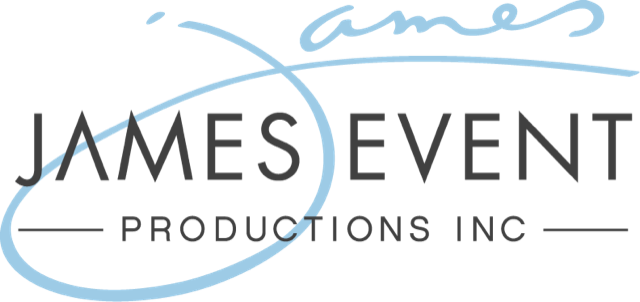Highlighting the Influence of Illumination Techniques on the Craft of Video Projections Mapping Techniques
Highlighting the Influence of Illumination Techniques on the Craft of Video Projections Mapping Techniques
Blog Article
Motion projection mapping is an exciting creative form that merges technology and creativity to convert ordinary spaces into extraordinary sight displays. This technique entails projecting graphics and videos onto 3D objects, such as buildings, artworks, or stages. One of the key significant elements in creating effective projection in the use of effective illumination techniques. Proper illumination enhances the aesthetic elements of the display and guarantees that the images are clear and captivating. This article examines the influence of lighting methods on video mapping and how they can elevate the overall encounter.
Lighting plays a vital part in video projection because it sets the atmosphere and tone of the display. Different lighting methods can evoke various feelings and responses from the viewers. For instance, using soft, warm illumination can create a inviting environment, while vivid, cold illumination may create a more dynamic or intense impact. By carefully selecting light colors and intensities, creators can influence how viewers perceive the projected images, leading to a more immersive experience. The equilibrium between mapping luminance and surrounding illumination is essential, as it can significantly affect the visibility and impact of the images.
In addition to, color and intensity, the angle of illumination also affects the efficacy of projection. Illumination from different directions can create shadows and highlights that add depth to the mapped visuals. This method, known as light and shadow, can improve the three-dimensionality of the subjects being mapped. Additionally, using dynamic illumination can introduce energy to the exhibit, making the encounter more involving for the audience. When the light collides with the mapped visuals, it can create an illusion of movement and transformation, capturing the audience's attention.
Another essential aspect of lighting in projection is the use of unique features. Methods such as patterned illumination, which employs patterns and forms to project light, can introduce depth and intricacy to the mapping. This approach enables creators to superimpose visuals and produce aesthetically captivating results that enhance the projection. Moreover, incorporating lasers or light-emitting diode illumination click now can additionally improve the creative use of video in events exhibit, providing a distinct mix of sight components that attract the viewers in. These unique effects, when used carefully, can transform the mapping into a basic show to an engaging piece of creativity.
In summary, the influence of lighting methods on video mapping is profound. By understanding how different lighting components connect with projected visuals, creators can produce enthralling experiences that connect with audience. The thoughtful selection of color, intensity, angle, and unique effects enables for a vivid canvas of sight storytelling. As technology continues to grow, the possibilities for creative expression in projection will only expand, making illumination an increasingly vital component in this innovative creative form.